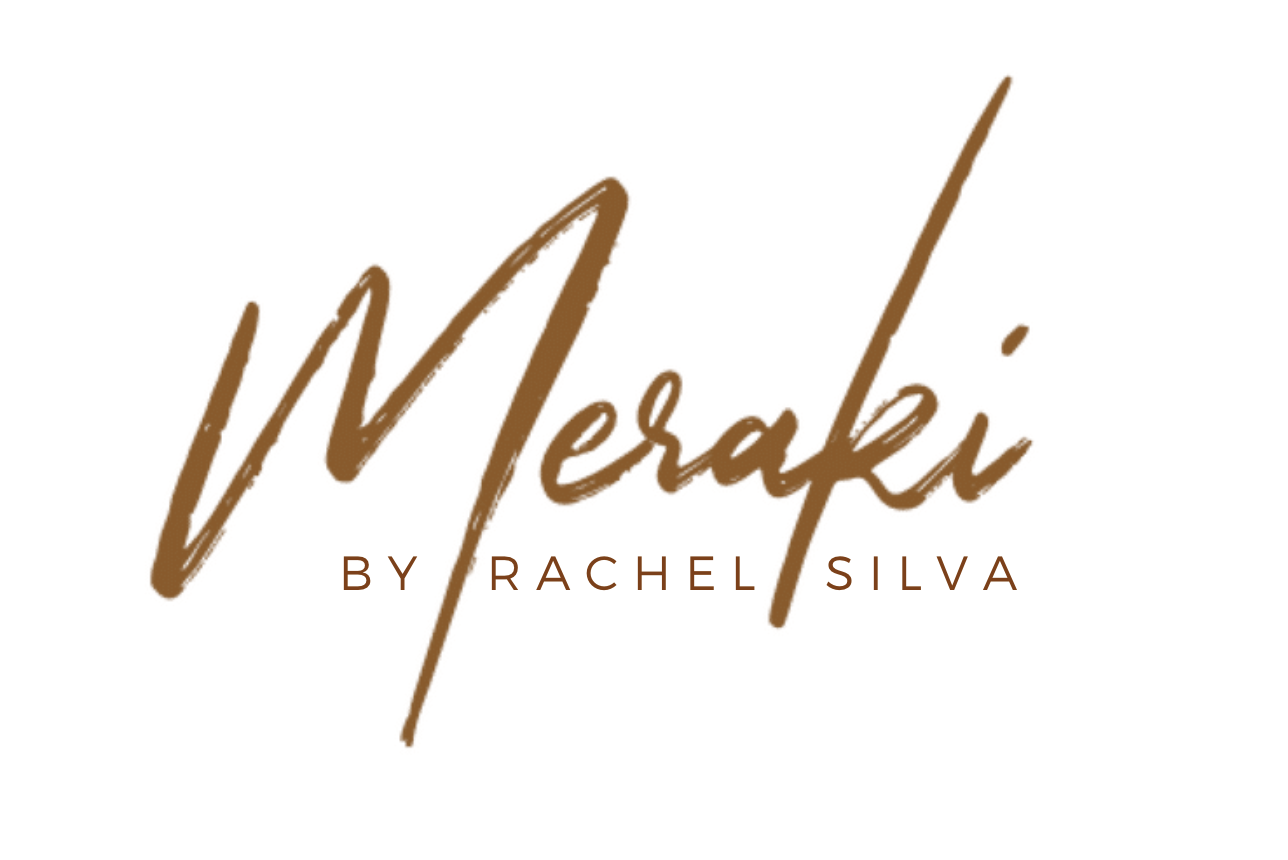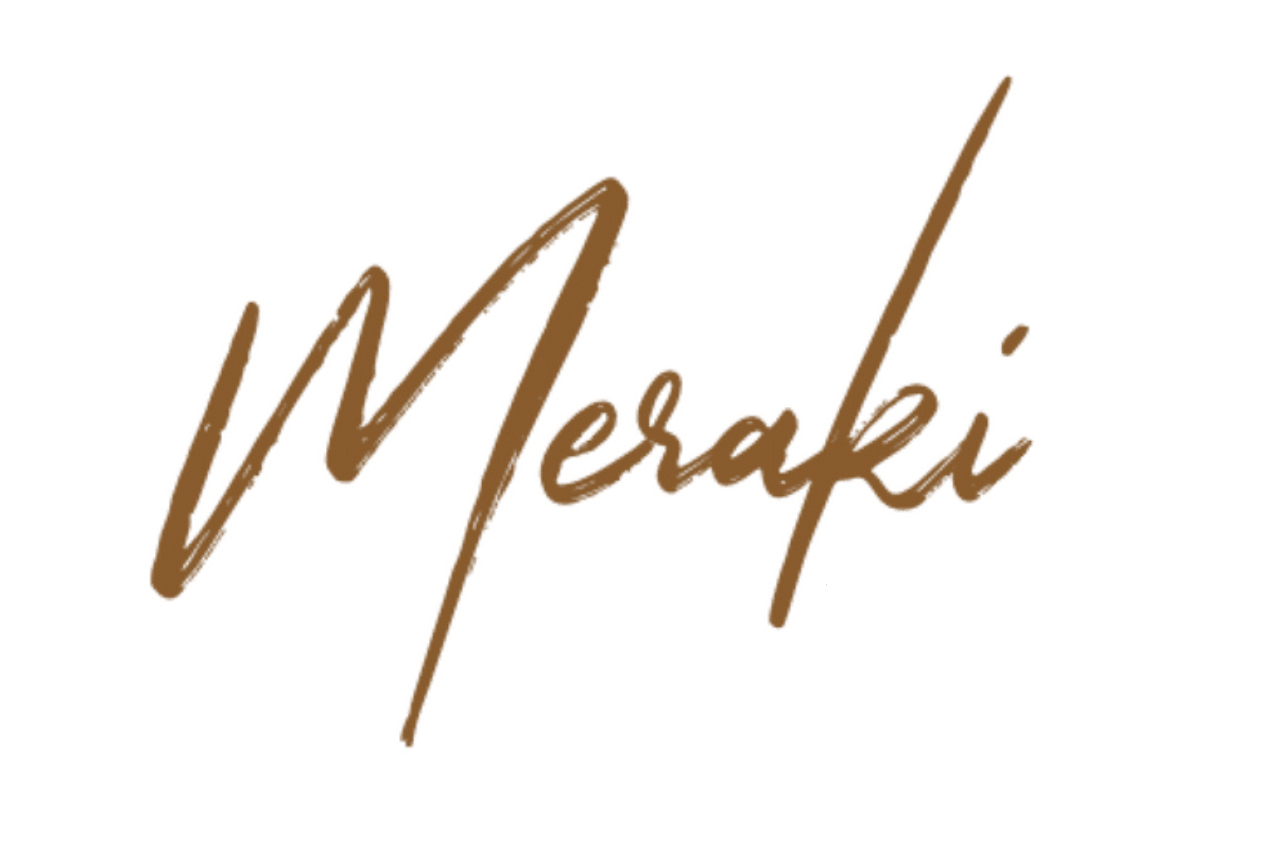I remember taking my first classes at more established studios and struggling to keep up. The other dancers were getting the combinations and immediately reversing them, while I was flailing a half a count behind. Why couldn’t I pick it up quicker? Why couldn’t I make my body mimic what the teacher was doing? Once I knew the steps, there was no undoing it, but the process of getting there was the true challenge.
Choreography pick-up is among the biggest hurdles in dance, and falling behind can be frustrating. Maybe you are used to relying on dance terms, or maybe you don’t yet know the terms. Perhaps the choreographer’s teaching style isn’t the way you learn best. In any scenario, it helps to remember that pick-up is a skill too. And like all other skills, practice makes perfect. In any version of events, here are a few tips for quicker learning, retention, and cleanliness in learning choreography.



Watch before you do
Young children are able to quickly grasp complex things like language because they absorb information before doing anything with it. They learn faster, as their attention is not split between learning and doing or learning and questioning.
When learning new choreography, it’s tempting to jump into the moves to get it into muscle memory first. Resist this. Your memory can retain it best when it’s first solidified in your head. There are details you will catch that the choreographer won’t verbalize. So catch your breath for a second and really watch the choreographer do the routine a few times. This will help you to solidify that step in your mind before you begin transferring it to your muscles. And bonus, it will also better allow you to pick up on the mood, timing, and style – which is truly what makes a dancer.
Chunking
There is a method in cognitive science used to improve memory recall. It’s called ‘chunking.’ Chunking means to split something up into smaller, more manageable portions so it’s easier to recall. Take memorizing numbers, for instance. In a study conducted by neuroscientist Daniel Bor, a volunteer went from being able to remember a 7-digit sequence to remembering an 80-digit sequence after 20 months of practice. He used chunking. But we can all attest to this, as memorizing a phone as 431-2343 is far easier than as 4-3-1-2-3-4-3.
The same is true for a sequence of dance steps. Most choreography can be broken up into distinct phrases or groups of steps. Teachers often teach in some form of chunking. As they do, it helps for me to think of a memorable way to capture each phrase. The crazier and more vivid, the better. For instance, maybe a move reminds me of the stealthy way a cat walks. I’ll call those four steps the ‘cat walk.’
Once you’ve established a series of ‘chunks,’ practice transitioning between each to solidify the routine as a whole in your head. Transitions from phrase to phrase are as important to memory as they are to the fluidity of the routine. But remember, consciously defining them as memory triggers is the only way this technique can work. Experience gives you greater familiarity with the elements that make up each phrase. So the more you do this, the more phrases you will be able to absorb in each chunk and the quicker you will learn them.
Mark it slowly
This is the key to being a clean dancer. Don’t be afraid to start slowly when learning a tricky and fast-paced combo, reviewing it move by move. I sometimes change the playback speed on a YouTube video and drill it into my head before I build up to tempo.
This technique allows you to study the choreographer’s movement, execution and timing. It heightens your awareness of every movement and how it should feel. And bonus! Walking slowly through each step accelerates muscle memory as well as mental memory.
Go full out
Ok, so you’ve dropped the tempo and worked through each movement. Now is the time to release your inhibitions and go all out. Studies have proven that muscle memory becomes more ingrained when you do each move in exaggeration. You will also become more aware of each detail and what moves hit which beat.
Develop personal cues
This one was my beginner’s curse. I got into the habit of mirroring the choreographer as it was taught, but when they sat on the sideline, I was lost. I was relying on external cues – mainly the choreographer, but also the sound of a count or a type of music – that can be removed. I quickly learned that I had to learn with my eyes but practice with my body. In a performance, competition or audition, none of these will help.
It comes back to watching first, then developing cues in your own mind and body – for example, an arm movement can be associated with a step, or a weight shift can launch you into a phrase. The more you practice, the fewer number of times you must watch before you can mimic on your own.
Mess up and move on
This is the hardest tip to put into action: You don’t need to execute every single move perfectly. Yet. While trying to work out that one move you struggle with, you miss the next one. Then the next. Instead, keep up with the choreographer and move through it at their pace. Settle with ‘good enough’ and move on. You can always come back to a combo and review it, but don’t let that hinder your ability to learn in the moment.

Take note
If you get stuck at some point, make use of your iPhone’s recording abilities. Use voice memos and multi-sensory tools to take notes or record a routine. Have a notebook in your dance bag with you at all times as well. Spend time after class or rehearsal writing down tricky steps, corrections, and notes-to-self. Use diagram with stick figures and arrows. The act of engaging the brain by writing something down fires certain memory cells (in the hippocampus), which imprints the routine into your memory.
Set a review routine
Let’s go back to the basics. For many dancers, it’s simply practice makes perfect. But you don’t need to be in the studio to get key review time in. Setting a schedule to review each routine can solidify almost anything you learn. Think of it as a way to deepen memory recall through early repetition, while also allowing for time to let it sink in.
After class, repeat the routine immediately on your own. Take a 10-minute break and repeat it again. Then an hour later, repeat it physically or in your mind. And the next day, again. And the next week, again.
When I’m really trying to get something down, I also do a little mental rehearsal at night just before I fall asleep. Studies show that the best time to study is right before bed, as your mind consolidates your memories while you sleep and recall of what was in your mind just prior to sleep is strongest.
You can also mark the choreography while waiting in line at the grocery store or in on a subway platform. I call it mini-marking (to avoid that ‘wow she’s one of the crazies’ looks). I move only my head and shoulders, visualizing how I would do it fully. This allows me to retain what I’ve learned and build up my ability to get the choreography down quickly.
I’ve also found that a consistent morning routine can work wonders.
Cross Training
Even after all that, there are those moments when you get stuck on a move that everyone else seems to have picked up. That may be because it’s not purely in the style you dance in. Do your ankles give out on you on that ballet-esque releve? Or maybe there’s a hip hop groove that your body just doesn’t do naturally. Getting exposure to other dance styles allows you to expand your range of dance vocabulary and become comfortable with different styles.
Practice makes perfect
The mind is a muscle too, and just as you must do sit ups to get those killer abs, so too must you improve your memory with practice. The more you work at it and the more experience you get, the sharper your technique and quicker, cleaner choreography pickup will be. Everyone starts somewhere, so get out there and practice, practice, practice!
This post is part of my monthly dance series. Check out my story on how I got into dance here. Photography by Diego Silva.






No Comments